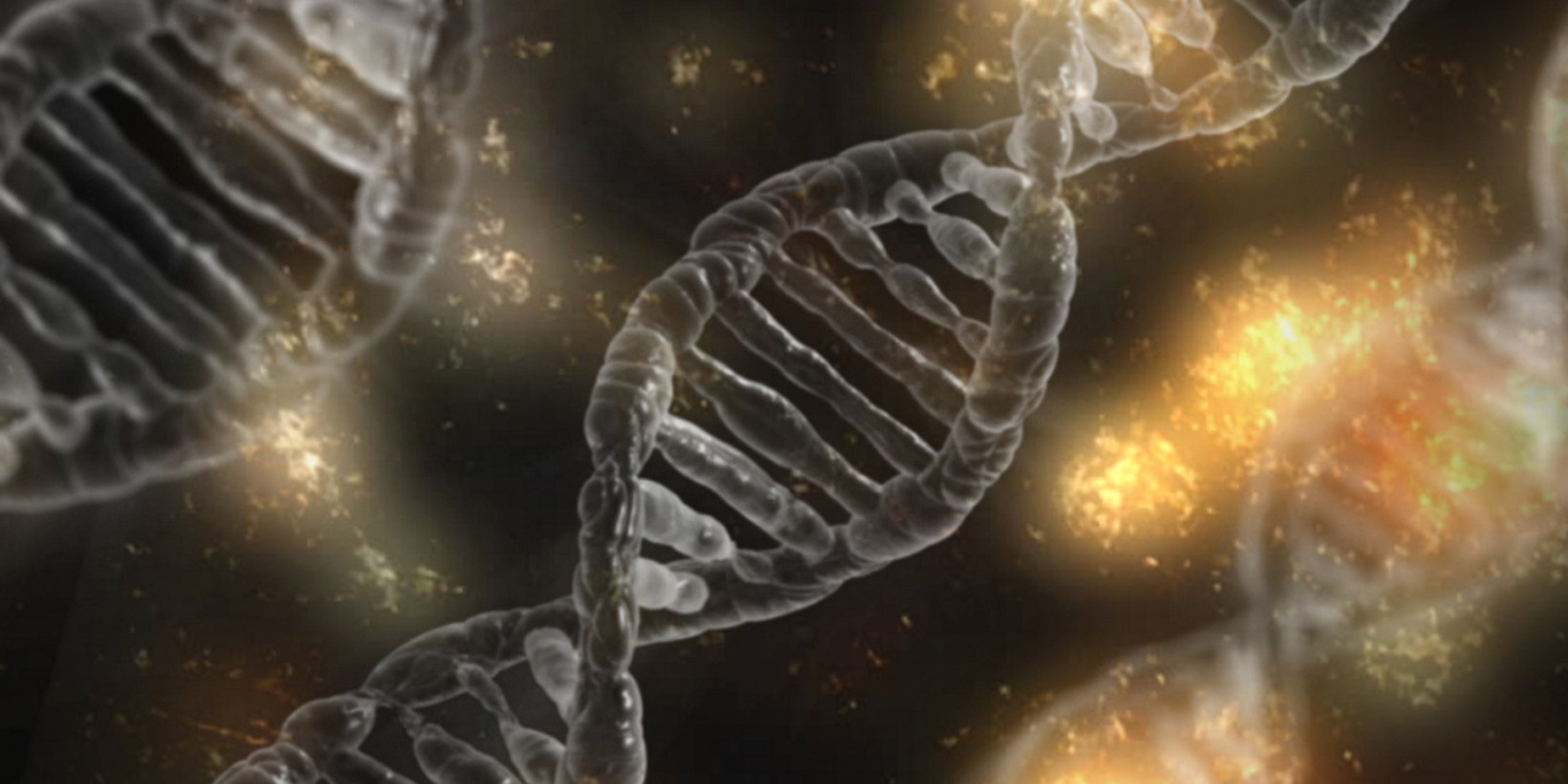A short film and image have been encoded in DNA by using the inheritance unit as a medium for the storage of information.
Using an editing tool for genome called as the CRISPR, the scientist from the US inserted a GIF- which was about five frames of a galloping horse, into the bacteria’ DNA.
Then the research team sequenced the DNA of the bacteria for retrieving the image and the gif along with the verification that the microbes had incorporated the data as it was intended.
The findings were published in the journal Nature.
The research team from the Harvard University in Cambridge, Massachusetts, used the image of the hand of a human and the five frames of the horse Annie G that was captured in the 19th Century by Eadweard Muybridge, who is the pioneer of British photography.
So as to insert this information into the bacteria’s genome, the research experts transferred the movie and image onto the nucleotides which are –considered as the building blocks of DNA, generating a code which associated with the individual pixels of every image.
The experts of the study then used the CRISPR platform in which two number of proteins are utilised for insertion of the genetic code into the DNA of the cells that are targeted, in this particular case study, the DNA of the E.coli bacteria was used.
For GIF, frame by frame sequence was delivered to the bacteria cells for five days.
The data was spread all across numerous genomes of many bacteria instead of one, elaborated the Shipman who is the co-author of the study from the Havard University in Massachusetts.
“The information is not restricted to a single cell; every individual call can only find specific pieces or bits of the movie. Therefore, we had to reconstruct the entire movie from various pieces, “as told by Dr Shipman to the BBC.
